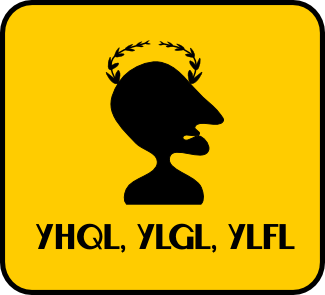In cryptography, a Caesar cipher, also known as Caesar's cipher, the shift cipher, Caesar's code or Caesar shift, is one of the simplest and most widely known encryption techniques. It is a type of substitution cipher in which each letter in the plaintext is replaced by a letter some fixed number of positions down the alphabet (wrapping around in the end). For example, given an alphabet of capital letters in usual order, with a shift of 3, A would be replaced by D, B would become E, and so on, with Z being replaced by C. The method is named after Julius C Caesar, who used it in his private correspondence.

We are given an alphabet A, a string S which is encrypted using a shift cipher and a plaintext word W.
Find the possible values of shifts (in the range [0, |A|-1]) used in encryption if we know that the unencrypted text contains exactly one occurrence of the word W.
Input starts with an integer N on a line, the number of test cases. Each cases contains three strings on separate lines, alphabet A, plaintext word W and encrypted text S. Alphabet A will contain only letters and digits ([A-Z][a-z][0-9]) and its symbol order is not necessarily lexicographical (see the third sample case). A will not contain duplicate symbols. The constraints are as given: 3<=|A|<=62, 1<=|W|<=50,000, 3<=|S|<=500,000.
For each test case print one line of output.
If there are no shifts that would satisfy the condition of W being a part of the unencrypted S, print "no solution".
If there is exactly one shift that could have been used, print "unique: #" where # is the shift value.
It there are more than one possible shifts print "ambiguous: " followed by the sorted list of shift values.
For clarification, see the sample output.
4 ABC ABC ABCBBBABC ABC ABC ABCBCAABC D7a D7a D7aaD77aDD7a ABC ABC ABC
no solution unique: 1 ambiguous: 1 2 unique: 0